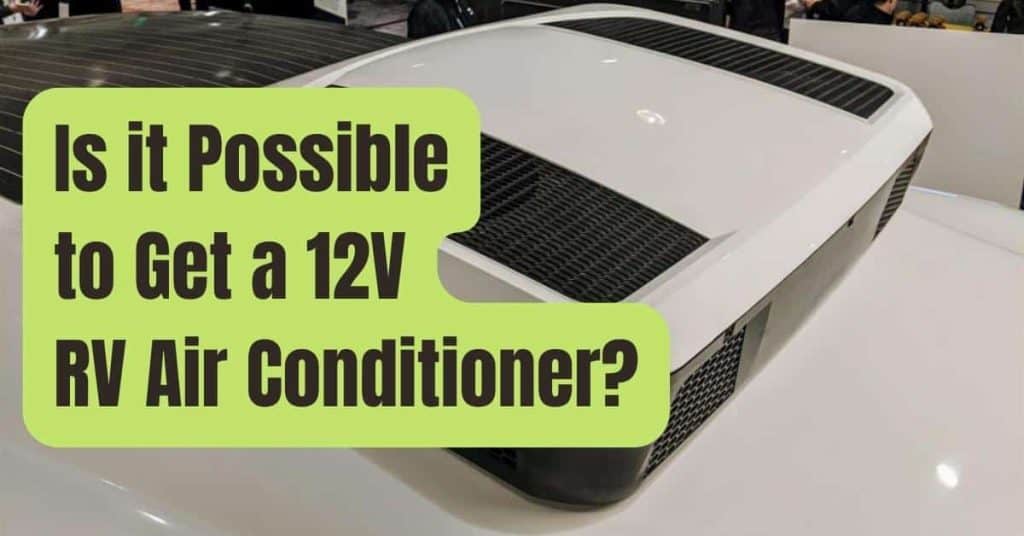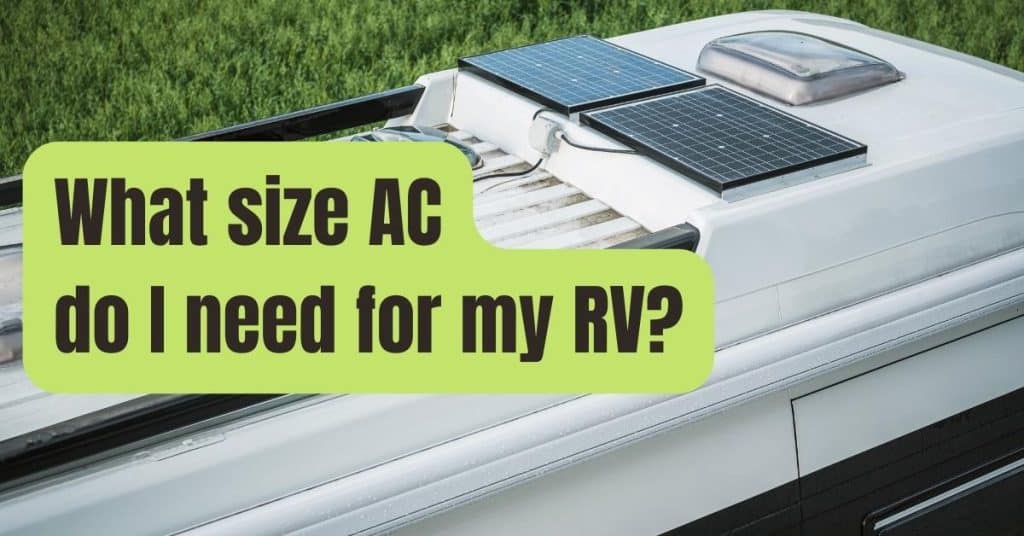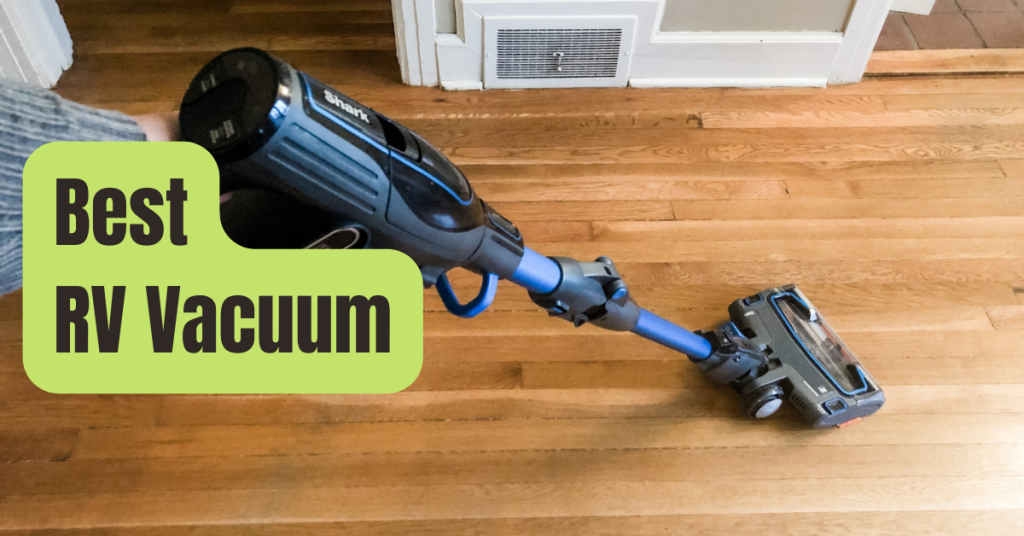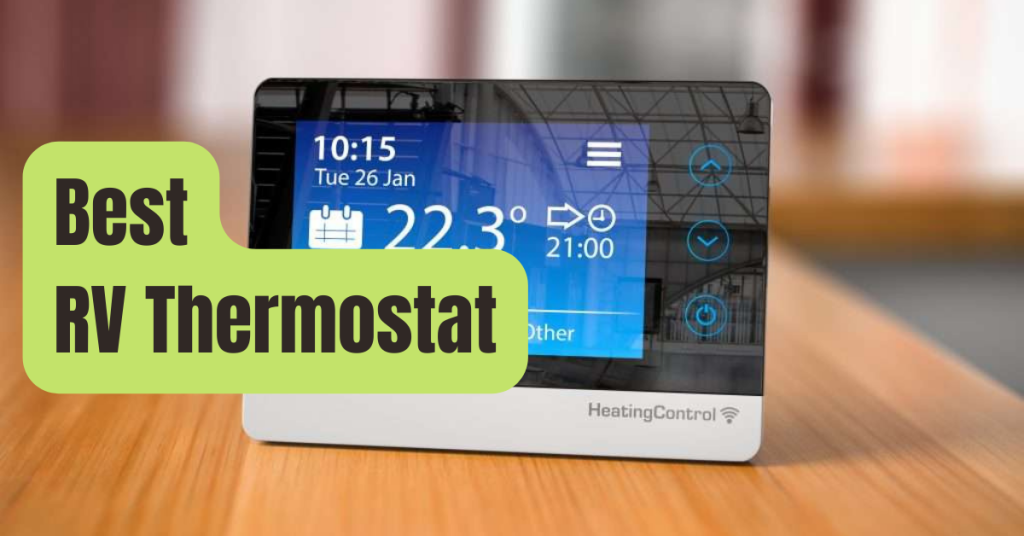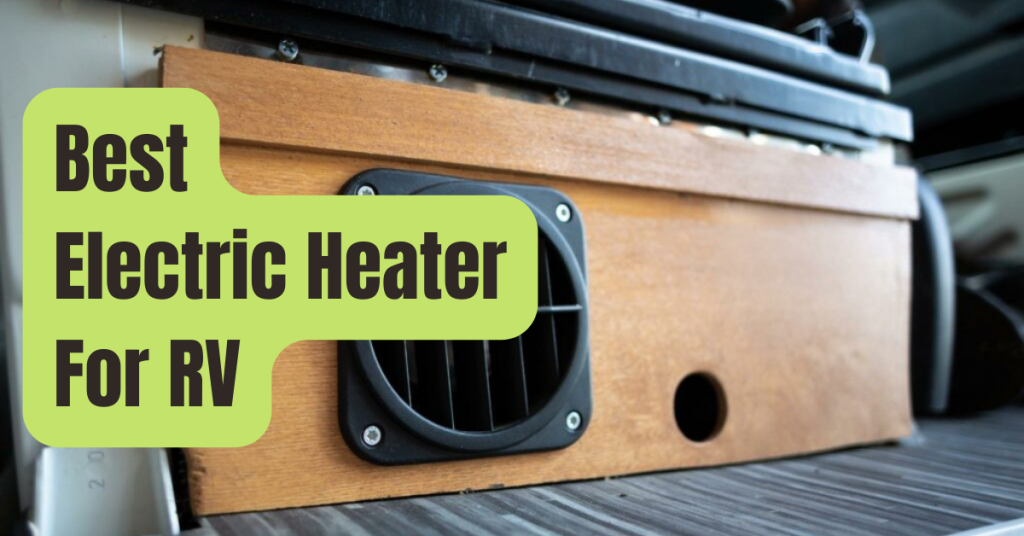Does your RV refrigerator need to be replaced? If so, you are at the proper location.
Then allow us to point you in the correct way.
You are probably encountering issues with your RV’s refrigerator if you have found your way to this page.
Replacement “RV” refrigerators are highly costly, as you are likely well aware.
Most of the models I discovered while shopping for a replacement for my appliance were in the $1,300 price bracket.
That much money is a lot to spend on something that is necessary but not often utilized.
Due to their practical design, these specific devices are expensive.
They have the ability to operate on both gas and electricity.
This makes it simple to pack your fridge full of food before your vacation and keep it chilled while you drive.
This capability, however, has a price!
You do have choices when shopping for a new refrigerator for your RV.
Think about utilizing dorm-style mini-fridges or small residential fridges as alternatives or heading to salvage yards or junkyards for direct replacements.
Do you have access to any less expensive options? There are, indeed.
As was already noted, you may always choose to replace your present refrigerator for a lot less money with a mini-fridge or small residential refrigerator.
However, if something seems too good to be true, it generally is, as with most things.
Is it, however, always the case? It depends, really.
However, you should first try some troubleshooting before considering replacing that pricey piece of plastic and metal.
The expense of replacing your present equipment could be avoided if you can just repair it.
How To Fix The Refrigerator In An RV
Therefore, I considered publishing a detailed account of how to resolve the most typical problems with your RV fridge.
Though now is not the day, I may still write it someday.
Instead, I’ve discovered a fantastic video that explains many of the usual problems you’ll encounter well.
Watch it to see if there’s anything you can cheaply remedy.
If not, we will assist you in beginning the search for a reliable substitute choice.
When choosing what to purchase if you’ve decided you need a replacement, there are a few things to take into account.
Let’s look at it.
Considerations for a Replacement Fridge
You’re searching for a replacement, but you don’t know where to begin.
You essentially have a choice of going left or right at this fork in the road.
Electric VS. Electric/Gas
That is to say, you may get a reasonably priced “electric only” fridge that will fit inside your RV.
But what if you choose to boondock and stay without an electric connection for a few days or longer? This may be an issue.
In the middle of nowhere, you may need to maintain your composure.
Therefore, you must determine right now whether you “need” to be able to run your refrigerator off of your gas supply.
If the answer to that inquiry is “yes,” a domestic refrigerator has very well been ruled out.
You can purchase an all-gas refrigerator or convert a home refrigerator, but those are pricey or labor-intensive solutions.
We keep things simple and reasonably priced.
Okay, so you’ve determined that in order to utilize propane when boondocking.
What options do you have?
Alternatives for Replacing Gas/Electric
Here is where costs may start to rise.
As was already said, a brand-new device would probably set you back more than $1,000.
Many people will find that to be too much.
Here are a few alternatives to purchasing a brand-new device.
#1. Salvage or Junk Yard
To find out whether there is an RV junkyard nearby, you need do some research first.
A website that lists RV junkyards and salvage yards by state has a link that I’ve also located.
It’s worth a look, but I’m not sure how comprehensive it is.
Once you do, you should try to locate an appropriate replacement for your gear.
You could just be fortunate.
#2. Order a Junker
Another option is to purchase a junker that someone is attempting to sell.
Neglected RVs often sell for very low costs or even for free.
People often throw things in the trash merely to get rid of them, even if they have been sitting for a while and suffered significant water damage, etc.
You have an opportunity here.
Once you’ve removed everything you don’t need, you will have to deal with the camper, but this is often far less expensive than purchasing a new refrigerator.
Simply calculate how much your time is worth.
Replacement of Residential
You’re in luck when it comes to residential possibilities.
You have a number of alternatives, including tiny residential units and dorm mini-fridges.
You only need to choose something that fits your opening if you usually have access to a 120-volt AC connection.
Check out a few of the choices listed below.
Residential Refrigerator Drawbacks
There are certain drawbacks to saving money, as with other things.
Let’s look at a couple of them.
#1. Movable Latches
You’ll probably notice right away that your new refrigerator lacks a travel latch.
That clever little device that keeps your refrigerator door closed while you go down the freeway?
How can you help?
One solution is to screw in an eyebolt and secure it with a bungee rope while traveling.
It may not be the choice that looks the nicest, but it works.
To keep the doors closed when traveling, you might also screw on a threaded knob.
Many refrigerators are constructed with reversible doors.
They include “additional” threaded holes on each side of the door to facilitate this.
One of these threaded holes may be found between the freezer and fridge openings on several models.
In other words, you could see a threaded hole if you check along the space between the two doors opposite the hinges.
While traveling, locate a wrench that fits those threads and tighten it.
#2. Fridge Cannot Be Used When Traveling
This may be depressing.
Loading your groceries makes it so much easier to save on petrol while the fridge keeps everything chilled.
This is a significant benefit of dual fuel vehicles.
Are there any solutions to this problem.
You may try a couple other things, I suppose.
Pre-Chill
You may always fill up and chill things down before your travel if you have an electric connection.
I’ve discovered that by letting your fridge cool down before your trip and keeping the door closed, you can keep everything quite chilled for up to 24 hours.
The important thing is to close the door.
Once you split that thing open, you’re loosing valuable chilled air.
Before leaving, fill it full and let it cool for at least 24 hours.
During this moment, resist the impulse to open the door.
What if there is no way to calm things beforehand?
Ice Jugs
A few milk jugs may always be frozen and used to assist regulate the temperature while traveling.
Although not ideal, this approach still performs well given how straightforward it is.
These have a good shelf life of between 10 and 12 hours.
Alternate Solutions
This list is not exhaustive, and in fact, it isn’t really a list.
It’s intended to begin you considering some of the available possibilities.
#1. Whirlpool 3.1 Cu. Ft. Mini Refrigerator – Black WH31BKE

Dimensions
- Width: 19.13″
- Depth: 21.1″
- Size: 32.8″
#2. Haier 9.8-cu ft Top-Freezer Refrigerator (White)

Dimensions
- Width: 24″
- Depth: 25.25″
- Size: 58″
#3. Summit CP972SS

Dimensions
- Width: 22″
- Depth: 21.75″
- Size: 56″
7 Simple Steps to Replace an RV Fridge With a Residential Fridge
- Carefully measure all of your measurements. It will go front to back, side to side, and top to bottom.
- Remove the present refrigerator.
- To stop gas leaks, use a shut-off valve, a gas line cap, or both.
- Find the biggest refrigerator that would meet your requirements.
- Install the new refrigerator and connect it into the same socket as the previous appliance.
- Use pipe insulation or pool noodles to insulate the area surrounding your new refrigerator. To stop air from entering, cut them in half lengthwise.
- Trim as necessary to close any gaps.
Takeaways
- The new fridge will plug in exactly like a normal one, so don’t worry about the wiring.
- Make sure there are no gas leaks, without a doubt. This has major significance.
- Purchase the biggest refrigerator your RV can accommodate. Start by looking for refrigerators that have more space than you anticipate. Find a residential unit that is about 11 cu.ft. larger than your 7 cu.ft. size, then make the necessary adjustments.
- Use bolts or screws to fasten the refrigerator through the bottom plate, and think about using a spacer in the outside gaps to keep it stable.
- Make sure your gaps are as tiny as possible and cover them with an insulation-enhancing gasket or barrier. To secure them in place, use double-sided tape or Gorilla Glue.
- Fill in any gaps at the edges.
Conclusion
There are less expensive RV refrigerator options available; you simply need to do some research.
There are many new ones available as well if you don’t have the time or energy.
The most important thing is to make your decision and start traveling.



